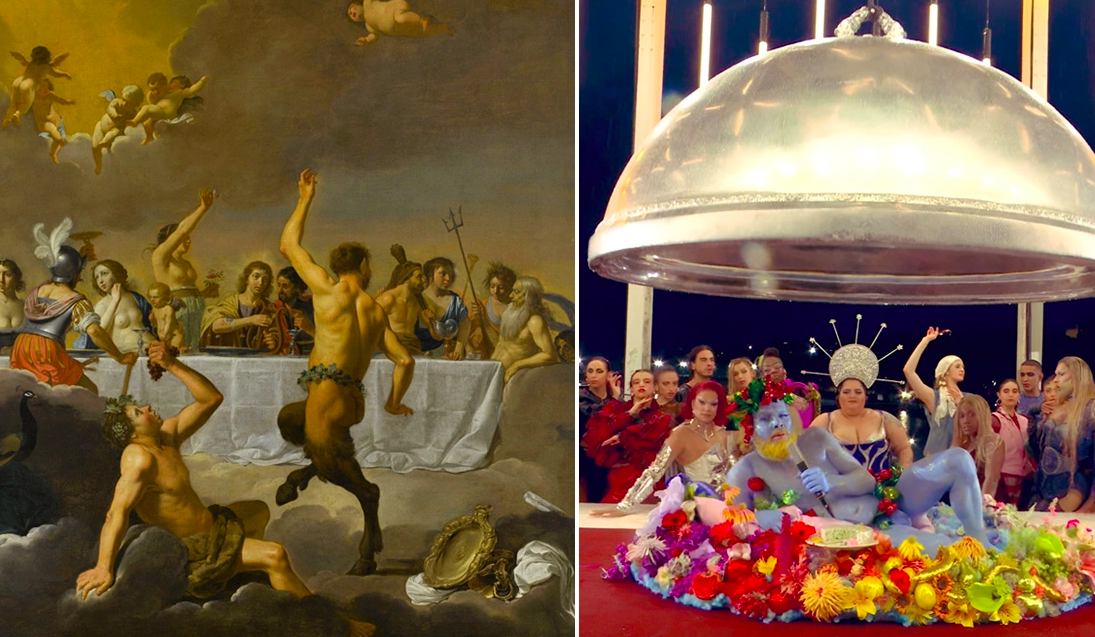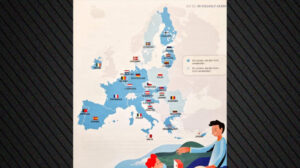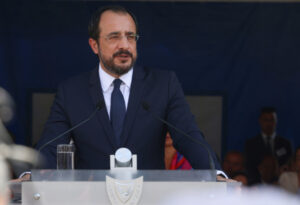The opening ceremony of the Olympic Games in Paris received various reactions, mainly for its uniqueness and the images that traveled across the globe. The “reenactment” of the Last Supper by drag queens and a “naked blue man” – the French version of the ancient god Dionysus – drew the most controversy.
The reactions were not limited to social media but reached the doorstep of the French Catholic Church, which issued a statement expressing deep regret over the “mockery of Christianity,” as they specifically noted. “We are thinking of all Christians across all continents who have been hurt by these scenes,” the statement said, referring to “ideological prejudices of a few artists.”
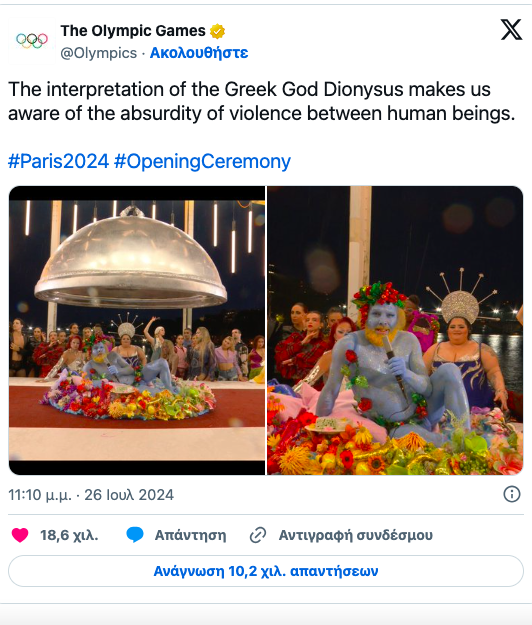
One of these artists, actor and singer Philippe Katerine, who played the blue “Dionysus” envisioned by the French organizers, did not want to reveal the rationale behind the supposed reenactment of Leonardo da Vinci’s “Last Supper,” leaving all possibilities open. “It wouldn’t be fun if there were no controversies,” he said.
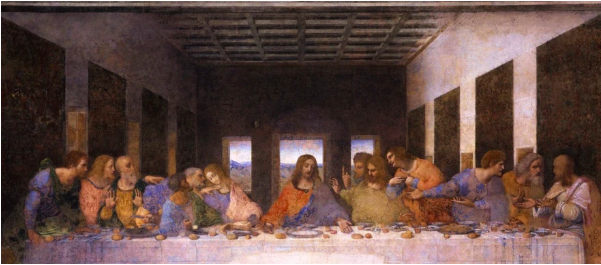
As millions of viewers worldwide saw, the opening ceremony included models, dancers, fashion icons, and drag queens gathered on a bridge over the Seine around a table that also served as a catwalk. At the center was a woman wearing a gold crown, surrounded by many drag queens and dozens of dancers and artists. A fashion show featuring clothes from some of France’s most promising young designers was the centerpiece of the scene, with attendees on either side performing their choreography. Among the attendees was Drag Race icon Nicky Doll, who has appeared on the French franchise, RuPaul’s Drag Race UK vs The World, and now hosts her own version in France. But was this all a “woke” parody of Leonardo da Vinci’s iconic painting “The Last Supper”?
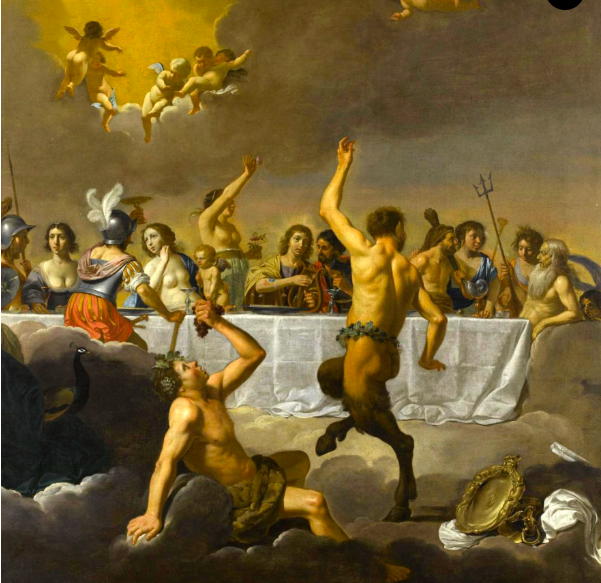
A new version, which seems much closer to the truth, suggests otherwise. The real inspiration behind the show had nothing to do with Christianity and Jesus’ dinner with his disciples but with the painting by Dutch artist Jan Harmensz van Biljert (1598-1671), depicting the wedding of Peleus and Thetis. It is called “Feast of the Gods,” painted in 1635, and is housed in the Musée Magnin in Dijon.
In this work, we see the Olympian gods celebrating the wedding. At the center of the table is Apollo (not Christ), while Dionysus does what he knows best: drinks, eats, and celebrates, even if he is not blue, like the one in the opening ceremony in Paris. And if Biljert’s technique reminds you of something from… da Vinci, perhaps “confusing” many, the explanation is quite simple: the Dutch painter spent part of his life in Rome and, like many of his colleagues, was influenced by the art of Caravaggio (1571-1610).
These influences, therefore, are evident, according to art experts, in his painting “Feast of the Gods,” which seems to have been the true inspiration for the director of the opening ceremony of the Paris Olympic Games, Thomas Jolly.
Ask me anything
Explore related questions
